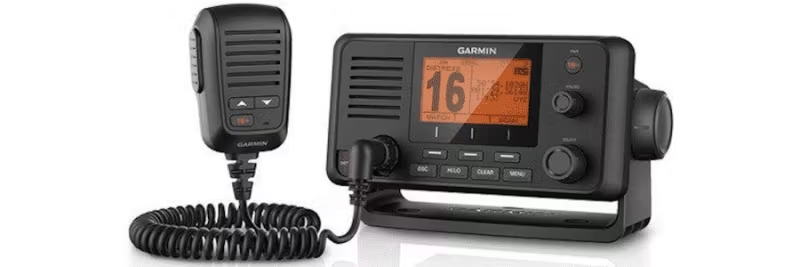Cart
Discount: 0.00 PLN
Discount: 0.00 PLN
Digital Skipper |12/12, 2021

VHF radio (Very High Frequency) is the most common method for short-range communication in the marine Industry. It is used for contact between boats, marinas, coast guard, bridges, and other units. VHF is the preferred communication solution for safe and efficient navigation.
A VHF radio functions as a transceiver – both transmitter and receiver – and uses fixed frequencies or channels for communication.
The VHF radio operates within the frequency range 156–162 MHz. Channels 156–157 MHz are used for radio communication, while 161–162 MHz are reserved for AIS (Automatic Identification System). These frequencies are internationally standardized, meaning the channel allocation is the same regardless of your location.
An example is channel 16 (156.800 MHz), which is the international distress, safety, and calling channel. All VHF-equipped vessels must monitor this channel.
Note that although the frequency for a channel is globally constant, its function may vary between countries. For example, the British Coastguard uses channel 0 (156.000 MHz), while the American Coastguard uses channels 21 and 22 (157.050 and 157.100 MHz).
Simplex channels have the same frequency for ship and shore station, enabling ship-to-ship communication. Duplex channels have different frequencies and are primarily used for ship-to-shore communication.
The choice of VHF radio depends on your needs and preferences. The two most common types are:
Advantages:
Disadvantages:
Advantages:
Disadvantages:
On larger boats, it is common to have both fixed-mount and handheld VHF radio for maximum safety.
VHF radio is a vital part of the safety equipment on board. It provides quick contact with the coast guard and other vessels, especially in emergencies. By using the correct channel and equipment, you ensure safe and effective communication at sea.